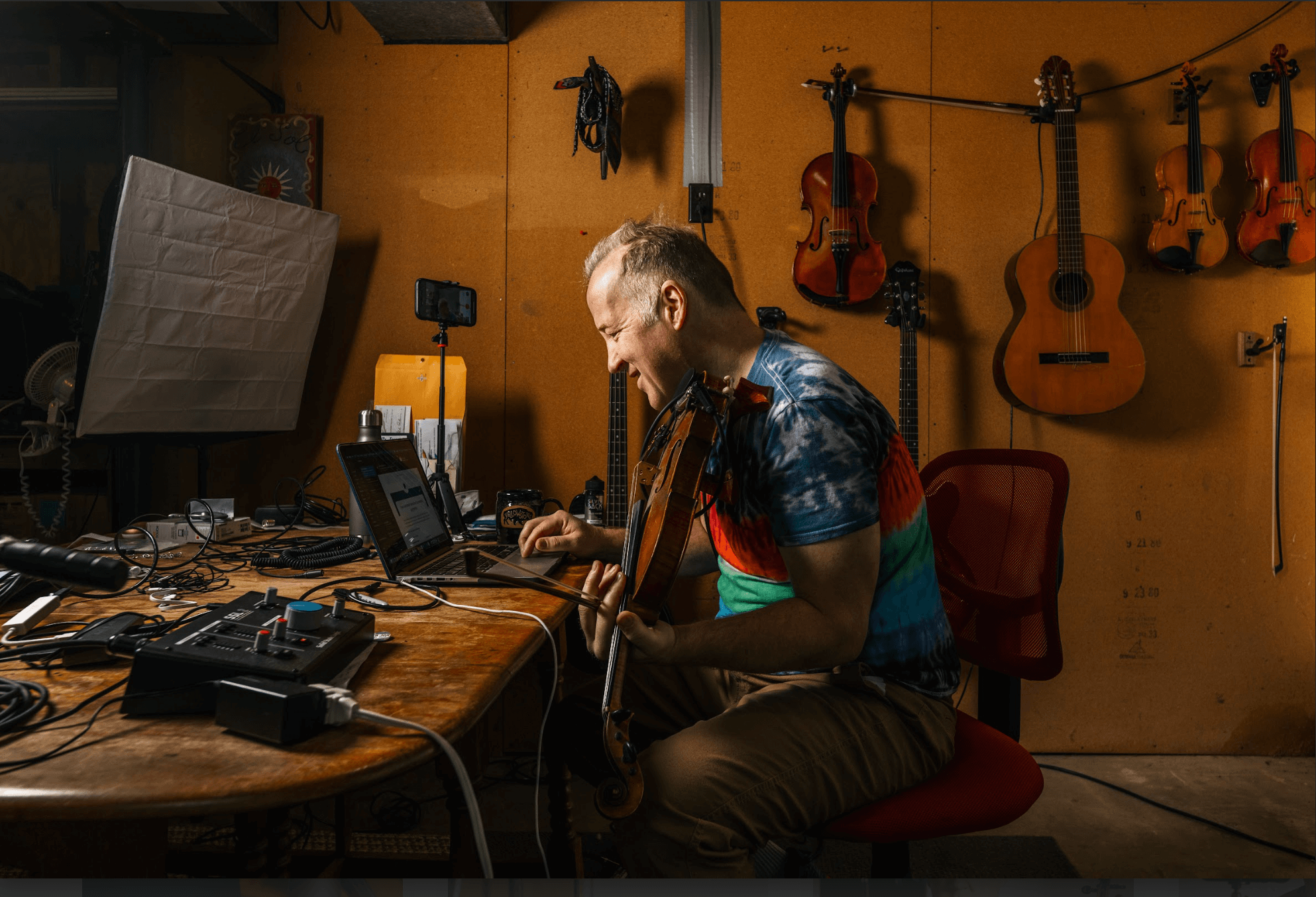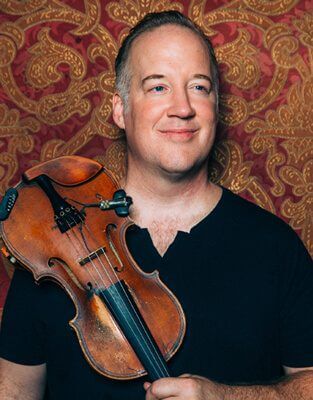Table of Contents
Guided practice session
The guided practice session (video) below can help string players gain fundamentals for improvisation in any style. It also provides skills training for internalizing harmony on the fingerboard and ear training.
But first a story…
“You Do You”
One of the things I love about my mom is that she accepts people for exactly who they are.
Want to do Yoga all day and live in the woods with no running water? Cool.
Don’t like broccoli? Eat graham crackers. Someday you may try broccoli; it’s fine either way.
She gave us four kids a foundation to try things when we were ready.
As with food, people like music that is familiar. We need to try it a few times for it to make sense.
The first time I rehearsed the Berg VIolin Concerto in my college orchestra (my teacher was playing the solo), I thought it was nonsense. By the 8th rehearsal, it was the most beautiful thing I had ever heard.
When I first heard John Coltrane I thought the musicians weren’t playing together. After more listens it felt inevitable like the world couldn’t exist without it.
I assumed everyone else should fall in love with Jazz, but most of my classical musician friends didn’t.
However, they did want to be able to improvise and branch out musically in other ways.
So instead of teaching Jazz, I started teaching a foundation for classical musicians to go any direction they want.
1. Fundamentals of harmony, rhythm, and improvisation that apply to any style or situation.
2. Ways to practice these fundamentals efficiently by combining, instead of sacrificing, technique.
Today’s new guided practice video is a good example.
Don’t like Jazz? Play whatever makes you happy. Someday you may try it; it’s fine either way.
Meanwhile, the video below will prepare you to go in any direction you want.
Practicing harmony, rhythm, and improvisation in the ways outlined in this video can give you a foundation to play in any style on violin, viola, or cello, including Folk, Latin, Rock, Pop…
This approach differs from Jazz pedagogy in some ways, although it will also give you a foundation to play Jazz if you want.
In my group classes and private studio, I teach Mindful, Creative, Integrated practice.
The video below focuses on Integrated Practice, i.e. combining the practice of harmony, rhythm, and improvisation, with violin technique.
The play-along style lesson is set to a straightforward Milonga-inspired vamp, using the notes from the key signature of D major or B natural minor. It allows you to play any notes from the D major scale. This is a great context for developing skills before dealing with more complex harmonic situations.
Time Codes:
00:00 Trading; Warm-up
02:30 Pentatonics
04:00 chromatic substitutions (skip this unless you’re into nerdy stuff)
06:38 3rds, 4ths, 6ths, and 7ths
10:02 triple stops or broken triple stops
11:45 4th patterns
13:20 trading; play after me
#PlayAlong #NotJustForJazz #Advanced
For an easier lesson dealing with related concepts, try the video below excerpted from a live class during the Greater Washington D.C. Suzuki Institute:
Was this helpful? Leave a comment below and let us know.
Find scale, arpeggio, and other transcribed resources in the shop.
Join live (Zoom) weekly guided practice sessions here.
Set up an intro private lesson.
To explore options, schedule a call






